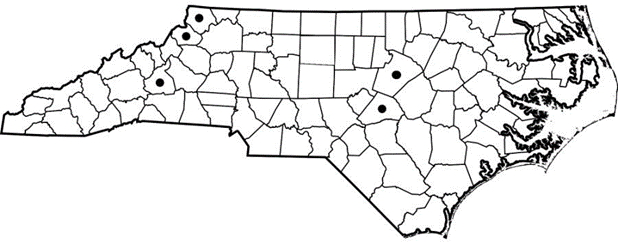| Macroscopic characters | shape | Laterally stipitate; dimidiate, reniform or circular |
| size | Up to 18 cm broad x 5 cm thick |
| texture | Corky-tough |
| pileus | Pale buff with dark scale-like patches |
| stipe | Black; minutely tomentose at base; remainder of stipe usually covered by decurrent tube layer |
| context | Pale buff; corky; azonate; up to 4 cm thick |
| pore surface | Buff to light brown |
| pores | Angular; 1-2 per mm |
| tube layer(s) | Concolorous with context; up to 1 cm thick; decurrent on stipe down to black basal portion |
| Microscopic characters | hyphal system | Dimitic; binding hylphae thick-walled; aseptate |
| clamp connections | Contextual generative hyphae thin-walled with clamps |
| sterile elements | None |
| basidiospores | Broadly cylindric; hyaline; smooth; 16-20 x 6-9 µm |
| Habitat characters | substrate/host | Living hardwoods; also frequently found fruiting on stumps; dead standing; fallen trees |
| seasonality | Annual |
| type of decay | White heart rot of living and dead hardwoods |
| range | Widely distributed and common through eastern and central hardwood forests; in the West over the range of aspen from Alberta to Arizona but not often collected |
| Notes | Basidiospores largest of poroid species in North America |
| References | Gilbertson & Ryvarden, , 1987; Overholts, 1953 |






